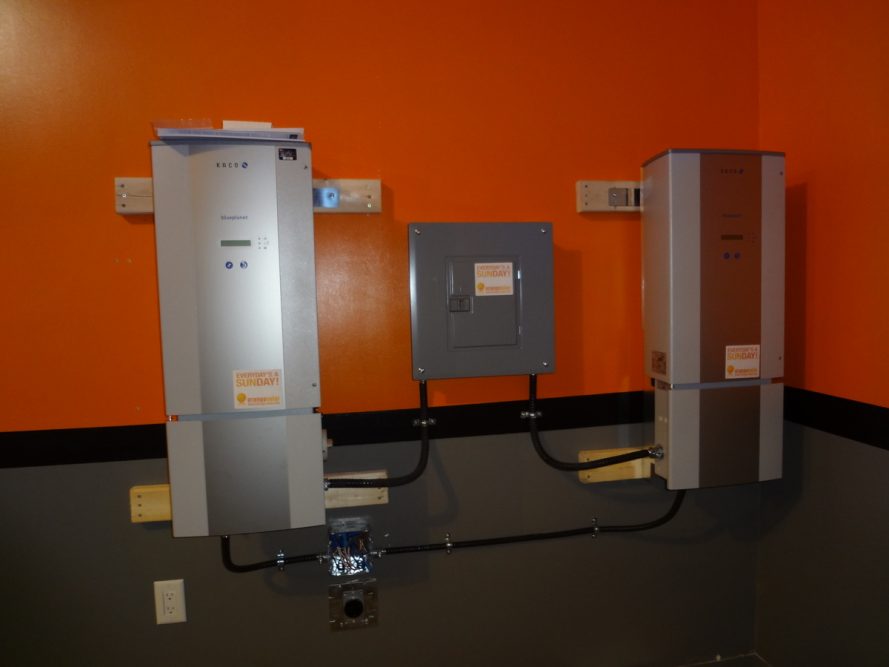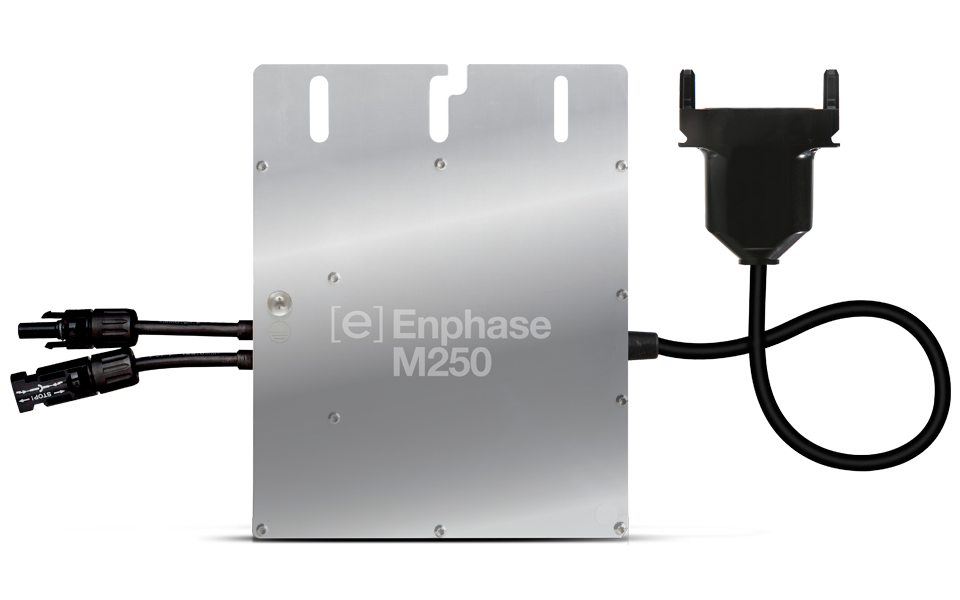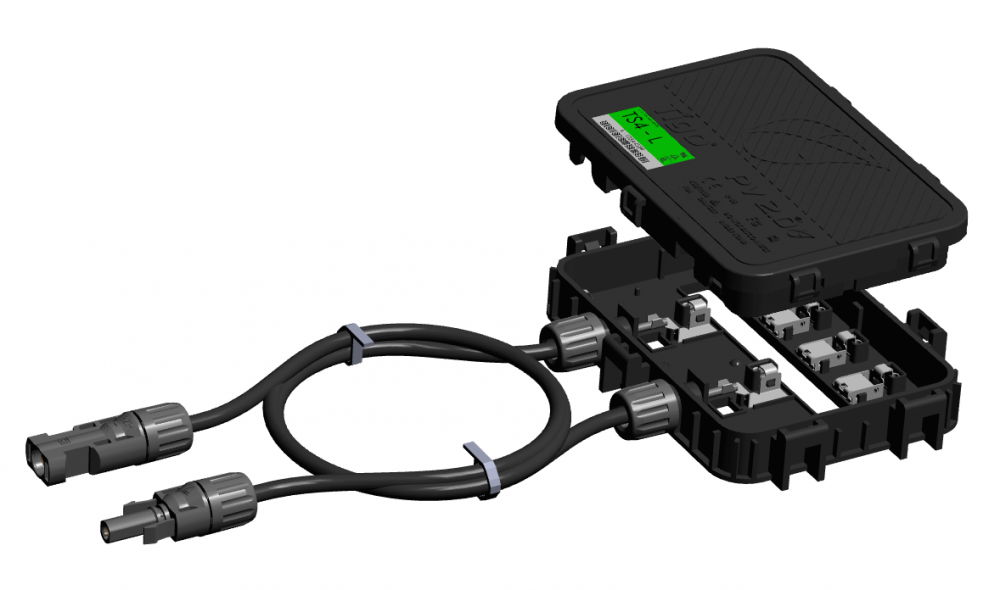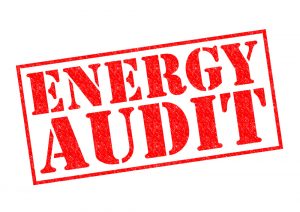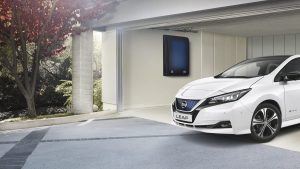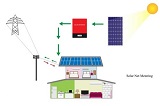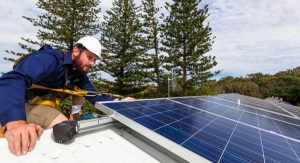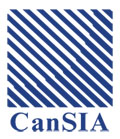If the solar panels are the heart of a solar array, the inverter is the brain. Inverters convert the solar panels DC power to useable AC, but they can do it in a number of different ways. Some inverters are relatively basic, and others utilize extremely sophisticated technology to maximize the efficiency of the system. In this article, we will look at the two types of inverters commonly used today: string inverters and microinverters, as well as string inverters with power optimizers.
String Inverters
Up until ten years ago, nearly all solar arrays relied on a single inverter which handled multiple solar panels. These are known as “string” inverters because the DC panels are wired together in series “strings,” which are converted to grid AC by the central inverter. Larger solar projects may use multiple string inverters, each handling its own array of panels. String inverters are often the lowest cost inverter option, but they do have some disadvantages. Their performance can be seriously affected by shading, snow cover or broken panels. Since all of the panels feed one inverter, if a portion of the array is shaded, the performance of the entire system is affected.
Microinverters
Microinverters have been a very popular development in the solar market following the introduction of Enphase’s widely successful M175 microinverter in 2008. Mounted directly on the panel frame or rack, with the panels, each microinverter serves just one panel. The big advantage of the microinverter is that any shading, snow cover or malfunction affecting one panel does not bring down the performance of the rest of the system. Of course, having lots of tiny inverters is going to be more expensive than one large inverter, in most cases. Also, maintenance is more of an issue- replacing one microinverter in the center of a roof-mounted array can be a real headache, compared to swapping out a central inverter in the basement.
One safety feature to consider; microinverters eliminate the high voltage DC wiring coming down from the roof. This can make permitting easier in some cases. On the downside, microinverters are exposed to a lot of heat and weather on the roof, which may, in some cases, lead to premature failure.
Power Optimizers Combine Technologies
A fairly new addition to the inverter world, power optimizers combine some of the best features of micro and string inverters.
Both microinverters and power optimizers are categorized as module-level power electronics (MLPE), which means that they work with one panel each. By isolating each panel from the rest of the system, MLPEs maximize efficiency and minimizing shading issues. However, unlike microinverters, power optimizers do not convert the DC power to AC at the panel. That is still done by a central string inverter. The beauty of power optimizers is that they bring a lot of the advantages of microinverters to the system design without the additional cost. In fact, they can bring the system cost down as much as 20 cents per watt, over microinverters.


